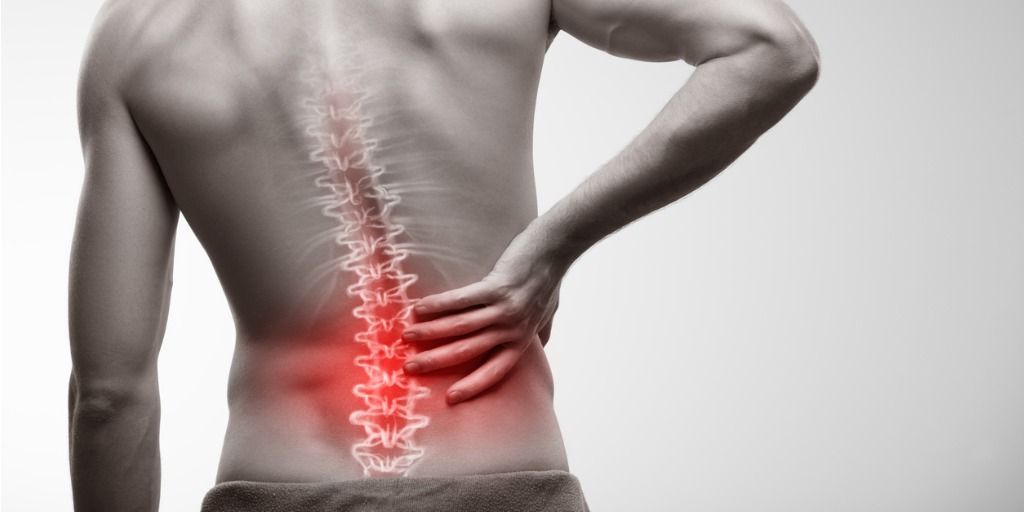Why nobody reads your Job Dictionaries
Job Dictionaries are tools that are widely used across many industries, particularly those that have occupational risks. They can certainly be an effective tool but in a lot of instances they would not be given a second glance by one of the key stakeholders that they have been created for.
One of the core reasons why Job Dictionaries are created by companies are to provide a useful tool to doctors to assist with the return to work process in the Workers Compensation System. Giving medical professionals an inherent understanding of a worker’s job requirements is essential for effective return to work planning, but this is where many Job Dictionaries fall short.
As most people know, doctors are extremely time poor with booking after booking and are regularly running behind. Occupational health clinics can be even worse with a waiting room piled up waiting to see the doctor. With this in mind, do you think that Job Dictionaries are catered for this?
Working as an Accredited Exercise Physiologist in the Workers Compensation scheme in Western Australia, I quite often see Job Dictionaries of patients that I am providing rehabilitation for. It stuns me that these documents are always in excess of 10 pages, and most recently came across a document that was 43 pages long. Just seeing the number of pages gave me flashbacks to studying English in high school and reading through lengthy, tedious texts.
As a result, the doctors don’t end up reading the Job Dictionary document and will either just ask the patient what their job role involves or just assess them as a generic patient. So, you have paid for a big document that nobody actually reads, and you are potentially having workers signed off totally unfit from work as the doctor doesn’t know what they actually do.
What needs to change then? To get the most out of your Job Dictionaries, a succinct breakdown of the core physical tasks in a short and easy to read document is crucial. Don’t think that longer and more detail is better as it just won’t be read. With this in mind, Absolute Balance created a two page, easy to read Job Dictionary to ensure that it wouldn’t be ignored by the treating GP.
For more information on how Absolute Balance can assist, please contact Aaron at Absolute Balance on 0499 919 670 or aaron@absolutebalance.com.au

Aaron McErlaine (BSc – ExHealth, BSc – ExRehab, Dip WHS, Cert IV TAE)
Health & Injury Prevention Services Manager (AEP) (ESSAM)




